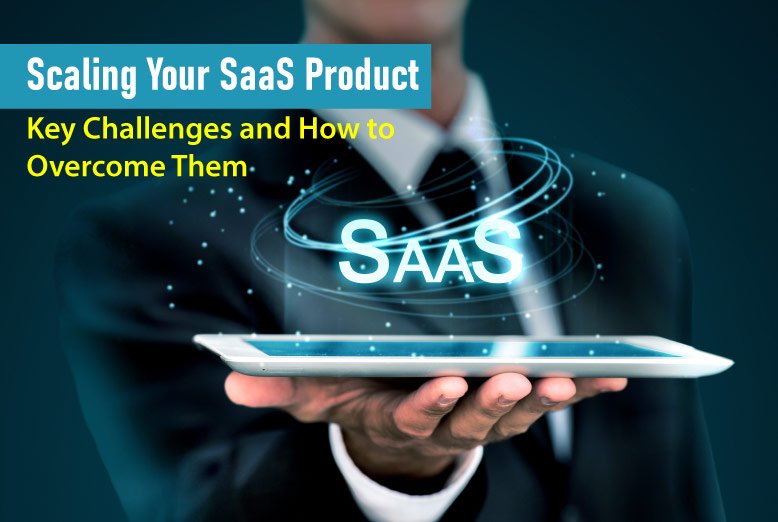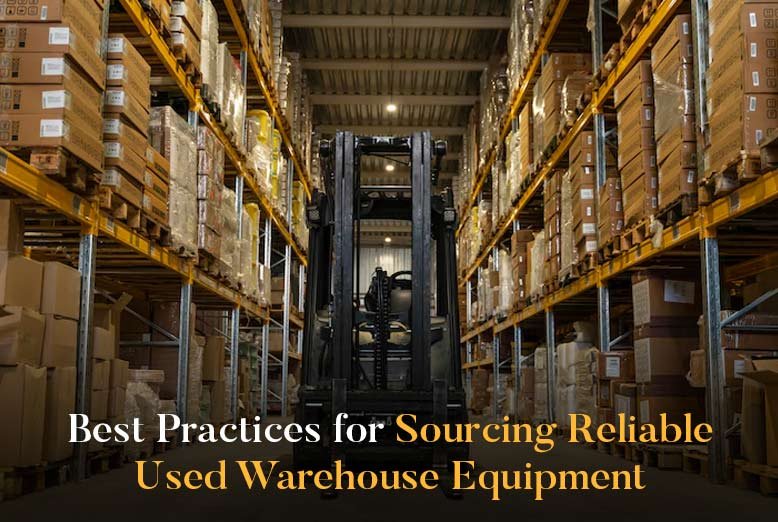Growing needs and changing requirements according to the market trends will impact SaaS product usage among users. Saas products must scale to the next level to meet the newer trends and user requirements, which may bring new challenges to enterprises. Here we shall discuss some key challenges and measures to overcome them while scaling SaaS product development.
Scalable infrastructure
Challenge:
With the increase in user base, you must ensure the SaaS product infrastructure must handle the growing traffic, memory management, and processing power. Scaling the infrastructure can be complex and involve additional lumpsum to expand quickly.
Solution:
While designing the infrastructure, we must consider the options to scale further requirements. You may also rely on cloud-based solutions like AWS, Azure, or Google Cloud to adopt flexible and scalable infrastructure. These platforms develop auto-scaling options that allow the application process to adjust the resources based on user demand and ensure seamless performance during high traffic.
Performance and Reliability:
Challenge:
Increasing users might impact the processing speeds, affecting the application’s reliability. Delay in response times will lead to customer dissatisfaction, and if the delay is of higher timestamps, users might consider it application downtime.
Overcome:
Monitoring the performance metrics and conducting load tests will ensure the application’s potential and helps the development team identify the bottlenecks and weaknesses in the system. Thus investing in quality architecture and managing databases using caching mechanisms will improve performance during peak traffic.
Data Security and Privacy:
Challenge:
As active users increase, the application’s security measures to safeguard user data become complex and critical. The riskiest factor about increasing users is in case of a single data breach, all the users’ sensitive data is lost and will impact the business reputation.
Overcome:
To overcome the risk of user information theft, implement robust security practices at every application level. Encryption, authentication, and role-based access controls assist in securing the data. Complying with industry regulations like GDPR and CCPA helps conduct regular security audits to find potential vulnerabilities.
Customer Support and Success:
Challenge:
Post-sales support with excellent technical care becomes more complex as the user base increases. Customer success gets tough and becomes resilient for user retention or customers referring the application to known individuals.
Overcome:
Businesses must invest in scalable customer support solutions like chatbots, knowledge bases, self-help videos, or ticketing systems. Onboarding a customer must follow, explaining how to use self-service resources and help them understand how things work with the application and basic troubleshooting.
Feature Prioritization:
Challenge:
A more extensive customer base increases suggestions and recommendations to add new features and feedback for the existing application options. With these responses overflowing, prioritizing which one to address earlier becomes complex for the development team.
Overcome:
Collect the user feedback through properly customized surveys and interviews and then analyze the responses. A data-driven decision-making approach will help businesses prioritize and address the high-priority responses first. It will positively impact the product, aligning with the project goals and adding value to the user feedback.
Sales and Marketing Scalability:
Challenge:
Scaling saas products according to the customer acquisition efforts involves efficient sales and marketing processes, which burdens businesses.
Overcome:
To overcome this, adopt marketing automation to the sales and marketing team for lead generation and sales tracking systems. This approach will optimize the sales funnel to ensure the marketing efforts target the right audience concerning user interests.
Competition and Market Changes:
Challenge:
Saas strategiesneed regular updates to compete with the market changes. Keeping in line with the market trends will increase the chances of complexities.
Overcome:
Adopting agile and continuously monitoring the market and competitors to adopt next-level strategies will help you stay ahead. Focus on evolving customer trends and prepare the product roadmap to meet future market needs.
Team Scalability:
Challenge:
As per the increasing demand for new features and performances, SaaS products need to increase the resources working on app development. Managing the right talent for futuristic needs can be challenging.
Overcome:
Adding value to the employees is equally important as providing value to the users. A strong team includes great employees and healthy management, offering attractive incentives and growth opportunities. Invest in human resources and their skill upgrade, which helps the team adopt new technologies for the projects.
Pricing and Monetization:
Challenge:
Scaling the SaaS application can majorly impact the pricing and monetization strategy as the pricing changes will affect customer satisfaction and affordability.
Overcome:
Market research helps businesses understand the product’s value and how much customers will spend on the features. Accordingly, adjust the pricing to balance the margins and customer satisfaction.
Scaling Saas products is a continuous process that requires continuous support, monitoring, market adoption, and strategic planning aiming for futuristic goals. Preparing a clear roadmap to address these challenges will ensure your SaaS product with continuous growth and success.
Also Read; HPE to offer the first SaaS-based Multicloud Management Application















